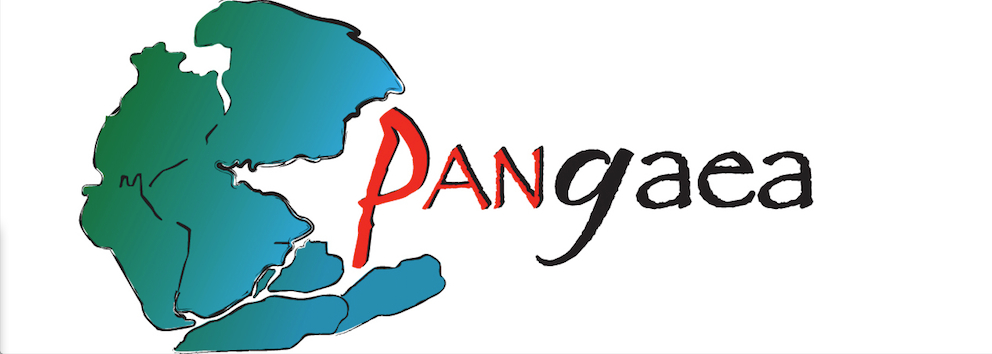Due to a scheduling issue, the January 21st issue of Pangaea (including part one of this series) was published only online. Here’s the link to part one.
In part one of this series, we looked at the basics of the FAA’s Remote ID (RID) plan as outlined in its notice of proposed rule-making (NPRM). Now let’s take a look at the costs of compliance. The cost of complying with these new rules, as they are currently proposed, falls into two categories: financial and privacy.
Financial Costs
The financial costs for the standard remote identification class UAS starts with the cost of the radio beacon that will transmit ID and location information. This would be either part of the cost of a newly purchased FAA RID-compliant platform or as part of a retrofit. I don’t see any estimates on the cost of a radio beacon, but an analogous piece of hardware might be an ADS-B transponder, which runs around $2,000. The FAA chips in a $500 rebate for manned aircraft owners to upgrade; if the FAA did this for its suggested RID beacon, this might help soften the blow and incentive compliance.
Another financial cost is the monthly service USS service fee. The rules propose the creation of an RID UAS Service Suppliers (USS) that would serve as third-party administrators facilitating the flow of ID and location information from individual UAS units to law enforcement and the general public (via a smartphone app). This would be similar to existing LAANC service providers like AirMap and KittyHawk. All RID-compliant UAS operators would be required to subscribe to a USS; the projected fee is $2.50 per month. Informed observers think the fee will be much higher.
Finally, since both standard and limited RID require internet access to a USS subscription, UAS operators would need an unlimited data plan for their phone or tablet; generally these plans start around $50 per month.
Privacy Costs
The USS system will transmit the location of drones and their operators not just to law enforcement but to the general public, as well. Logically this would include drone-haters. Using an app, folks who can’t stand drones could locate the operator and cause issues ranging from annoying interruptions to assaults. Comments from media that cover the small business UAS community lead me to believe that privacy is a really big deal. In my own area, the fact that a local town government issued “drone hunting licenses” (not kidding) seems to epitomize the general anti-drone atmosphere. These concerns should be taken seriously.
Winners and Losers
For the medium to large geospatial firm using UAS as part of its toolkit, the added financial cost of FAA RID compliance would be significant but not overwhelming. These costs could either be absorbed or more likely passed on to the client via increased fees. For small UAS firms, particularly one-man operations, the cost would be proportionally higher due relative to their size and would certainly increase the “barriers to entry” to this space.
As to privacy, most larger land surveyor firms use two- and sometime three-party crews for their UAS operations. So. in this case, if a drone-hater tracks down UAS operators through an RID app, he or she would be greeted by generally two or more crew members—which should make them think twice before causing trouble. Conversely, small one-man operations are more at risk; bullies prefer easier targets.
Another, albeit cynical, factor puts another check in the “winner” column for medium to large firms. These rules, if enacted as proposed, would probably drive a lot of the small UAS operators out of business due to the factors described above. Certainly, having the government eliminate, or drastically reduce, your competition could be a short-term benefit of RID.
In the long run, relying on the government to protect your business at the expense of the little guy seems short-sighted. Small companies can grow, and allowing regulations to throttle them in the crib doesn’t help the profession in the long run. How many medium to large firms grew from smaller operations?
So, yes, there will be winners and losers under the FAA’s RID system. I’d prefer a win-win scenario; as these rules are proposed, it doesn’t look like I’ll get one.
Agree? Disagree? Don’t tell me—tell the FAA. Take look at the NPRM, see the comments, and make your own at this link. The deadline for comments is March 2.
This article appeared in xyHt‘s e-newsletter, Pangaea. We email it once a month, and it covers a variety of unusual geospatial topics in a conversational tone. You’re welcome to subscribe to the e-newsletter here. (You’ll also receive the once-monthly Field Notes newsletter with your subscription.)


